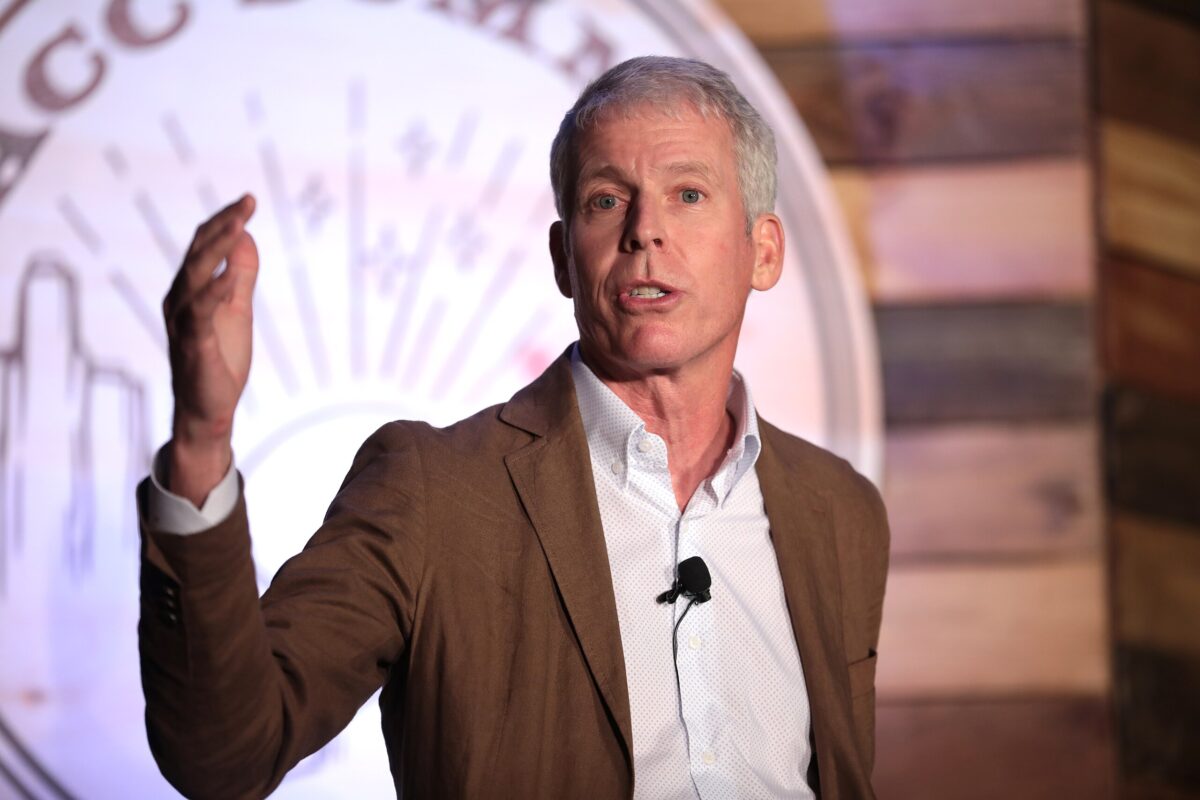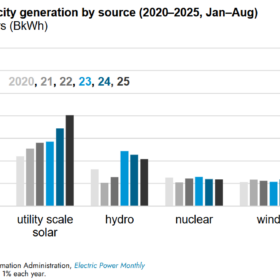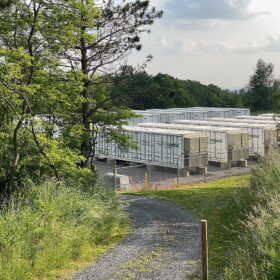Blue hydrogen – a form of the resource produced from fossil fuels, where the carbon dioxide is then captured and stored – could provide a “pragmatic transition” to green hydrogen, and offers an unsubsidized levelized cost that is two to three times lower than that of green hydrogen, but with elevated emissions intensities, according to a new report from Enverus Intelligence Research.
Most hydrogen today is made using fossil fuels, the bulk of which use steam methane reformers, Alex Nevokshonoff, senior associate at Enverus Intelligence Research, told pv magazine USA. This process essentially reacts steam with methane to produce hydrogen, carbon dioxide and carbon monoxide. The hydrogen is termed “blue hydrogen” if the carbon dioxide molecules are then captured and stored, Nevokshonoff said.
“Although more carbon intensive than green hydrogen production, blue hydrogen projects provide a practical and economical pathway to clean hydrogen adoption,” Nevokshonoff said.
Clean hydrogen could play an important role in decarbonizing the U.S. energy system, as well industrial, chemical and heavy transportation sectors. Hydrogen can also be created by using excess renewable energy, like solar, to run electrolyzers. In August, the Biden-Harris Administration created an inter-agency hydrogen task force to create a “whole of government” approach to deploying the resource. But ramping up the clean hydrogen economy will also depend in part on reducing the levelized cost of solar energy, some experts say.
Blue hydrogen technologies can currently tap into multiple incentives in the U.S. The 45V production tax credit offers $0.60/kg and $3/kg for hydrogen produced with a carbon intensity lower then 4.0 kgCO2e/kgH2, Nevokshonoff said, while the 48 investment tax credit offers between 6% and 30% of the capital spend for hydrogen projects that produce hydrogen with a carbon intensity lower than 4.0 kgCO2e/kgH2. There’s also the 45Q carbon capture, utilization and storage tax credit, that offers carbon dioxide emitters $85 for every tonne of CO2 that is captured and sequestered.
However, ramping up the production of blue hydrogen in the U.S. will face some challenges, including managing opposing public sentiment toward carbon capture technologies and using fossil fuels to produce hydrogen, as well as determining appropriate use cases for hydrogen where other alternatives, like electrification, are not more appropriate, he said.
“Securing long-term offtake contracts, which are essential to reaching final investment decision on projects,” will also be a challenge, Nevokshonoff said, as will ensuring the appropriate infrastructure to transport carbon dioxide and hydrogen.
But some stakeholders remain skeptical of blue hydrogen. In September, the Institute for Energy Economics and Financial Analysis issued a report that concluded the U.S. government could be significantly understating the global warming impact of producing hydrogen from fossil fuels. The authors took a closer look at the carbon intensity of blue hydrogen – defined as being produced from natural gas or coal, both of which contain methane – and studied its potential methane emission rates, leakage, as well as the effectiveness of carbon capture technologies. It eventually determined that producing hydrogen from natural gas is not a low-carbon solution.
This content is protected by copyright and may not be reused. If you want to cooperate with us and would like to reuse some of our content, please contact: editors@pv-magazine.com.








By submitting this form you agree to pv magazine using your data for the purposes of publishing your comment.
Your personal data will only be disclosed or otherwise transmitted to third parties for the purposes of spam filtering or if this is necessary for technical maintenance of the website. Any other transfer to third parties will not take place unless this is justified on the basis of applicable data protection regulations or if pv magazine is legally obliged to do so.
You may revoke this consent at any time with effect for the future, in which case your personal data will be deleted immediately. Otherwise, your data will be deleted if pv magazine has processed your request or the purpose of data storage is fulfilled.
Further information on data privacy can be found in our Data Protection Policy.